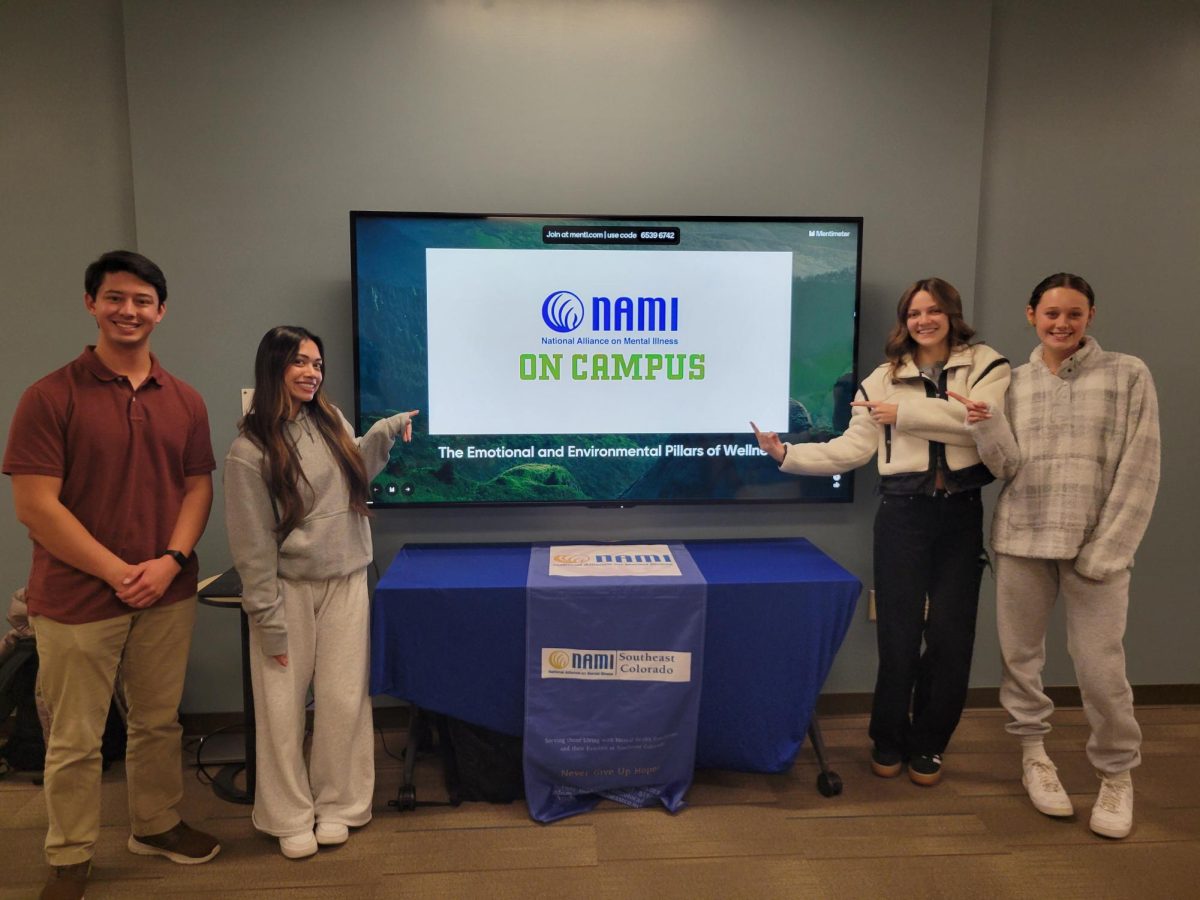Great Shakeout to prepare millions of people for earthquakes

WASHINGTON – More than 25 million people across the world are expected to “drop, cover and hold on” Thursday at 10:16 a.m. as they participate in the Great Shakeout, an annual earthquake preparedness drill.
Most of the time, people have only seconds to take action when there is an earthquake, U.S. Geological Survey Director Suzette Kimball said Tuesday at a discussion promoting the Great Shakeout event at the National Building Museum.
But people should know what to do, she said, even if they live in an area that isn’t prone to earthquakes. Getting away from falling debris is the most important thing – under a desk or table and away from windows.
The Great Shakeout started in California in 2008, and has grown to a global event as earthquakes have become more frequent in parts of the globe where seismic activity isn’t common – such as the southeastern portion of the U.S.
In August 2011, a 5.8 magnitude earthquake struck central Virginia. Millions of people across the region, stretching as far as northern New England, felt the ground shaking. Nearly 450 aftershock quakes followed.
“We learned we need to better prepare people for hazards,” Brian Baker, D.C. Homeland Security and Emergency Management Agency chief of staff, said.

Damage to the Washington Monument took $15 million and 33 months to repair. It reopened to tourists in May. The only other building with severe damage was the Washington National Cathedral, which is open. But it could be years before repairs are done as the cathedral continues to raise money.
“A lot of our West Coast friends snicker when we say ‘earthquake,’ but we felt it here and it did have implications,” Baker said.
Due to the 2011 Virginia earthquake, scientists from Virginia Tech and the USGS will begin installing 30 seismometers around Washington in November to track ground tremors and better estimate the intensity of ground shaking for future earthquakes.
“The surprising amount of damage to buildings here in Washington, D.C., during the 2011 Virginia earthquake – despite its relatively modest 5.8 magnitude and the epicenter being nearly 90 miles away – raised questions on how much seismic shaking is amplified by local geological conditions,” Kimball said in a news release.
Installing the seismometers should answer some of those questions, she said. The seismometers will help scientists to better predict the intensity of shaking during future earthquakes.
Closer to the epicenter in Louisa County, Va., more reconstruction has happened.
An elementary school and a high school were destroyed, leaving 40 percent of students without a classroom, Doug Straley, assistant superintendent of administration for Louisa County Public schools, said at the discussion.
“Before the earthquake, we didn’t feel the need to participate in the Great Shakeout,” Straley said. “We didn’t even know what it was.”
After surveying the damage after the shaking was over, Straley said he realized how lucky the district was. Bricks littered the cots laid out for kindergartners who were about to return from recess for a nap. There weren’t any major injuries.

Tyson Smith, a high school senior at Louisa County High School, was seven days into his freshman year when the shaking started.
He thought it was a nearby train rattling the windows of his second-floor classroom until the ceiling tiles began falling.
Middle school and high school students have been sharing one building. The high school is set to reopen next school year.







